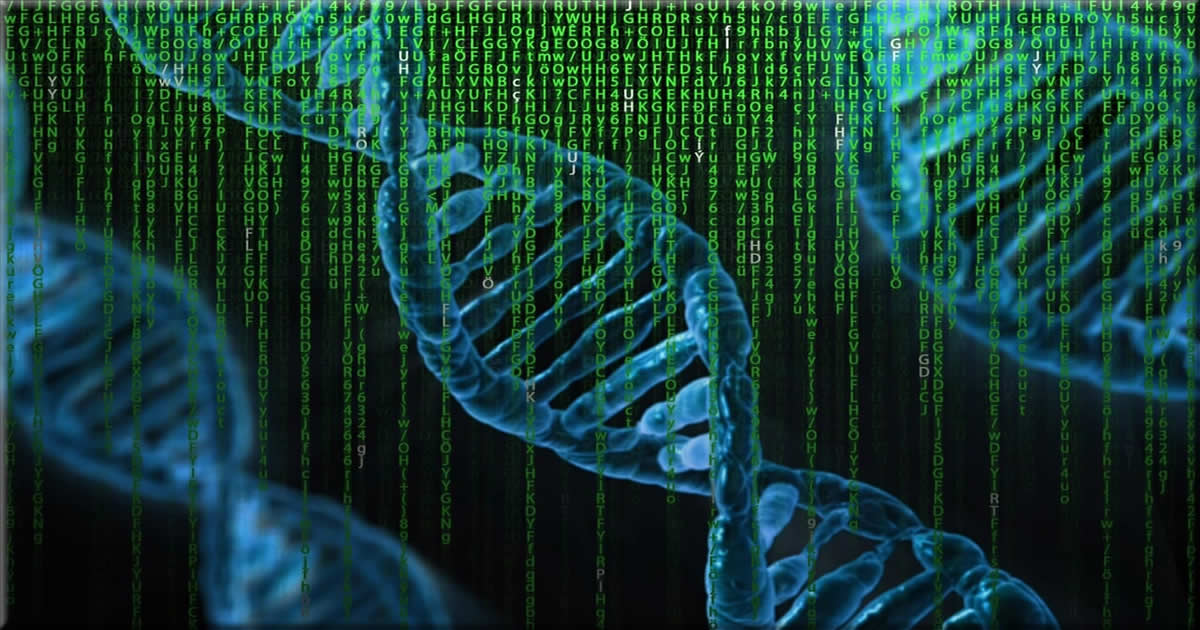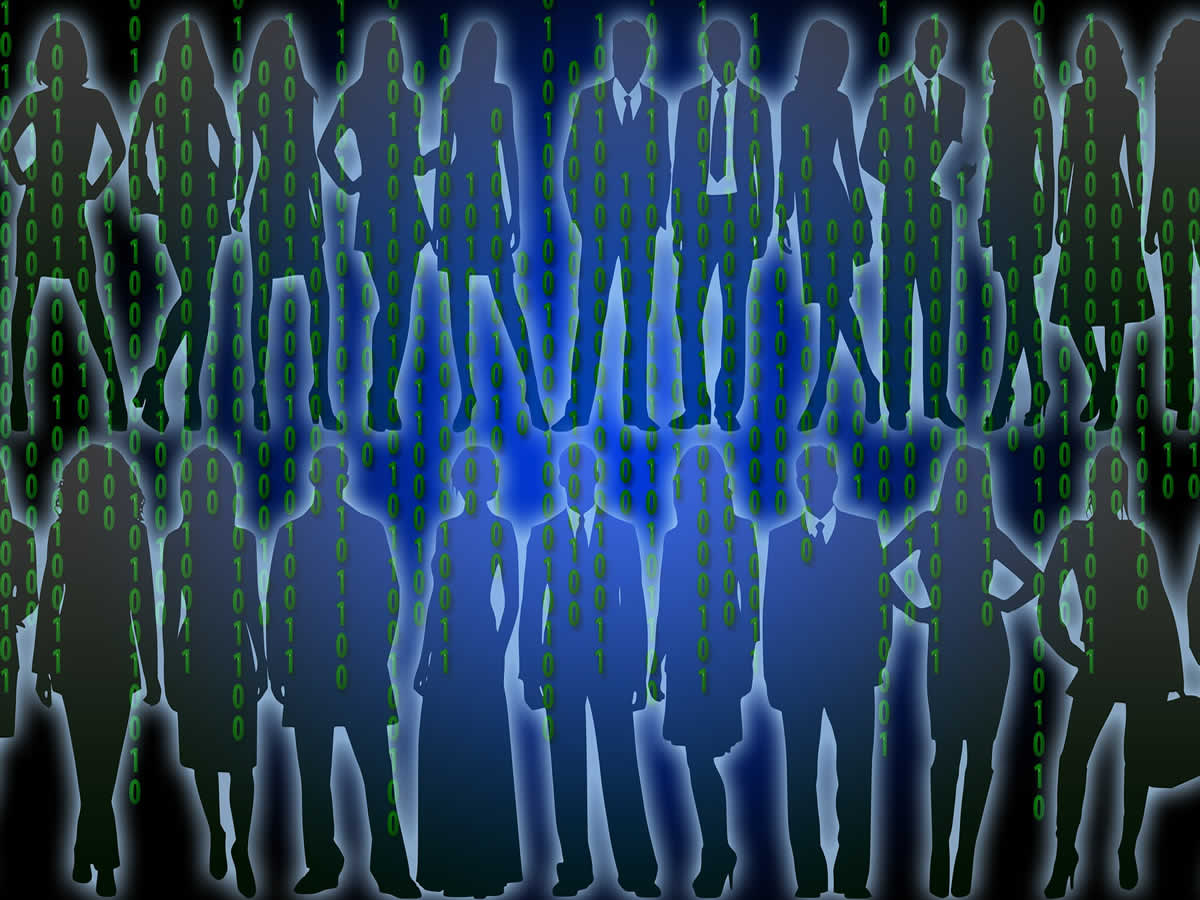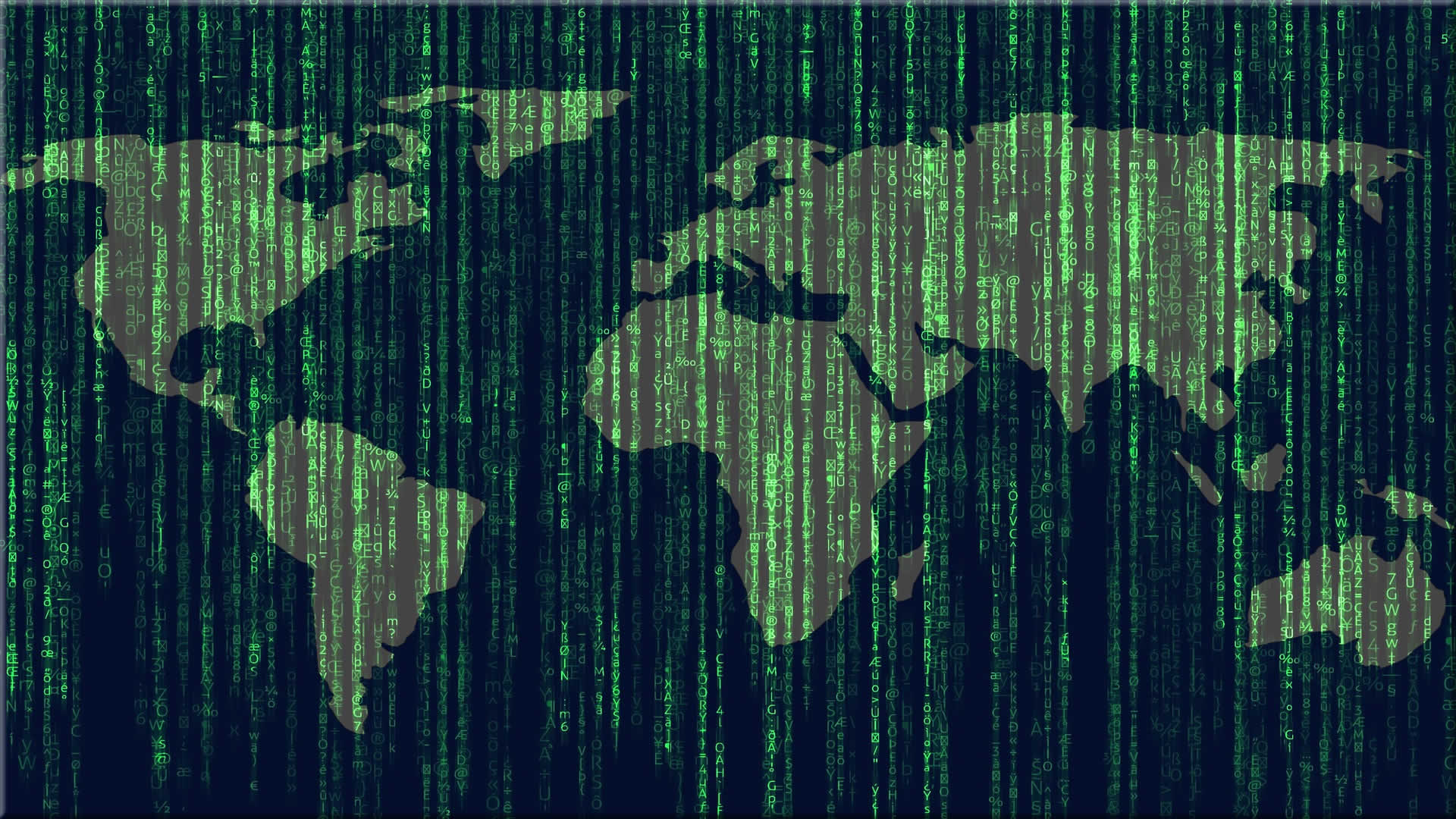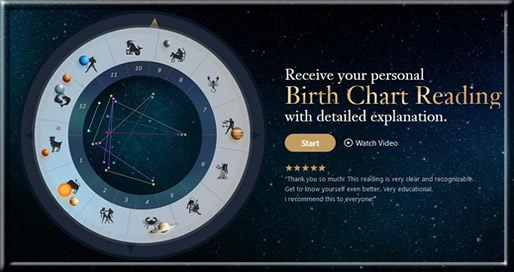
Human Biological Programming
Today, I am sharing insights into a concept that might sound like a science fiction novel, yet it’s grounded in genuine science: human biological programming. At its core, this refers to the intricate set of instructions encoded within our cells that dictate everything from our hair color to our potential for learning new languages.
Human biological programming considers genetics the master architect behind the nuances that make you. Not only do they play a starring role in your physical appearance, but they’re also behind the scenes orchestrating various facets of your behavior. Scientists have long debated the reach of our genetic tentacles, wondering just how much they tug at the strings of our everyday actions.
And then there’s DNA – that iconic double helix often symbolic of life itself. Each strand is more than a biological artifact; it’s a storybook of ancestral secrets and future whispers. Ensconced within every nucleus of our body’s cells, DNA steers the ship of development from the moment we’re but a twinkle in our parents’ eyes until we take our last breath.
Deciphering Our Genetic Blueprint: How DNA Constructs Our Being
Our existence starts from a complex yet fascinating blueprint: our DNA. Consider it an architect’s plan for a building, except this blueprint designs something more sophisticated. Every cell in your body carries this personal blueprint, packed with information about your physical traits and, to some extent, even your predisposition to certain behaviors and health conditions.
The human genome stores your genetic information like a library. Scientists have been eager to understand how this library is organized and how it influences who we are. The culmination of their work, the Human Genome Project, provided the first complete map of human DNA, revolutionizing our understanding of genetics.

There’s a close relationship between genetics and how we look and act. The color of your genes encodes the color of your eyes, the texture of your hair, and more subtle things like your risk tolerance. While we don’t come with a manual, our genes indicate the range of possibilities our bodies and minds can express. Some scientists even believe they can predict certain health risks by analyzing genetic markers.
However, it’s crucial to recognize that we’re not just our DNA. Our genes can make us inclined toward a behavior, but they don’t ultimately determine it. While some traits are highly heritable, such as eye color, other aspects, like personality, involve a more intricate interaction with the environment. DNA sets boundaries, yet there’s remarkable flexibility for change and adaptation within limits.
The Mind’s Coding Language: Is Our Consciousness Predetermined?
Many of us wonder whether our actions and thoughts are inherently programmed or if our lives mold us. The brain, undoubtedly complex, juggles both genetic dispositions and environmental stimuli in shaping who we become. The longstanding debate of nature versus nurture is at the core of this discussion. Genetics provides the framework, equipping us with a baseline of potentials and vulnerabilities. Conversely, our environment and experiences act as the sculptor, chiseling away to reveal the details of our persona.

In infancy, the brain displays remarkable adaptability, absorbing information at an astonishing rate. This period is critical as the foundational neural pathways are being established. As we grow, layer upon layer of learning and experience continue to modify these pathways, making learning a new skill in adulthood directly result from this intricate interplay.
Research illustrates that while we may inherit tendencies toward certain behaviors, the environment often triggers or suppresses their development. Take, for instance, a genetic inclination toward musical talent. Without exposure to music or encouragement to practice, this potential may lie dormant.
So, is our brain merely following a pre-written script? Not quite. While genetics set the stage, the plot unfolds differently for each person based on the diverse stages they perform on. Our brains are not hardwired at birth but persistently programmed throughout life.
Influence and Adaptation: The External Factors That Shape Us
Our genetic endowment equips us with a basic framework, a starting point for who we become. Yet, the ongoing interplay with our environment sculpts the finer details. Our experiences, the culture we immerse ourselves in, and the lessons we learn from those around us significantly contribute to our personal development.
From infancy, humans display incredible adaptability, absorbing and mimicking the attitudes and behaviors prevailing in their surroundings. We are social creatures by nature, and through this socialization process, also known as social programming, we learn our society’s norms, values, beliefs, and expectations. Consider language as a clear example. A child’s capacity to learn language is a natural human biological programming, but the specific language, dialect, and nuances they master depend entirely on their environment. Speaking, choosing words, and expressing ideas reflect our societal programming.

Beliefs and attitudes are less tangible than language, but external factors largely shape them. The media we consume, the education we receive, and the peer groups we associate with profoundly affect our views and decisions. As we mature, we seek out environments and communities aligning with our beliefs. This self-selection can reinforce our perspectives, sometimes creating echo chambers that can be difficult to break out of.
It’s important to recognize this dynamic because it sets the stage for the power of persuasion in our lives. Understanding how the world influences us helps preempt the potential for manipulation, paving the way for a more conscious and autonomous mode of living.
Navigating the Realm of Influence: From Persuasion to Brainwashing
The distinction between persuasion and brainwashing lies at the heart of understanding our societal interactions. Everyday life includes persuasion, which introduces us to new ideas, products, and behaviors, relying on rational argument, emotional appeal, and beliefs. Someone persuades people to take action or influences them to buy a product; that’s everyday persuasion at work. Similarly, people are even persuaded to believe in fictional religious stories as children, shaping their beliefs and behaviors according to the programming mode they receive.

On the other hand, brainwashing carries a much darker connotation. It involves the systematic and often malicious effort to break down a person’s critical thinking abilities and replace them with new beliefs. Political, religious, or domestic environments observe this as more than just a subject of spy novels or cult fright stories; it’s a real phenomenon. However, political affiliations, governments, and their authorities exhibit the most significant example.
In addition, remember the immense power of our inborn and cultivated abilities when thinking about influence and human biological programming. Our genetic makeup lays the groundwork, but our beliefs, experiences, education, and reflection allow us to choose which influences we accept or reject.
Related Topics









